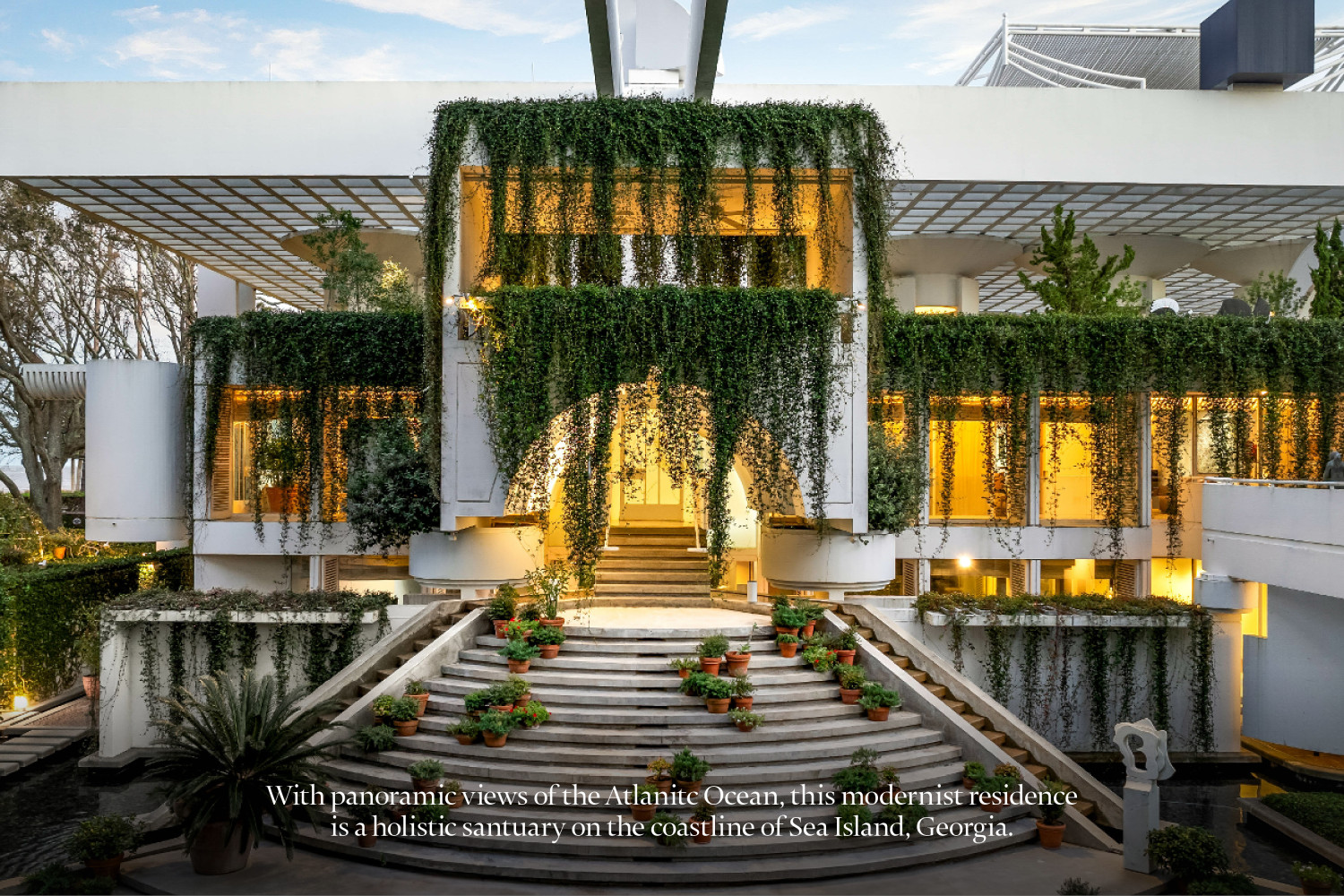

A hybrid home is the new dimension of intelligent luxury – a property that combines sustainable technologies, energy efficiency, and uncompromising comfort. It does not strive for full self-sufficiency, but rather for a finely balanced coexistence of innovation, environmental responsibility, and contemporary lifestyle.
If electric vehicles once symbolized sustainable thinking, today even the most eco-conscious consumers are shifting toward more pragmatic solutions. According to April 2024 data from S&P Global Mobility, registrations of hybrid vehicles in the U.S. rose by an impressive 48% in the first quarter, while fully electric vehicles saw growth of just 5.2%.
A similar trend is emerging in the luxury housing segment. Interest in hybrid homes is growing steadily – properties that merge sustainable systems such as solar panels, green roofs, and rainwater harvesting technologies with aesthetics, smart functionality, and a sense of security. This is a choice for people seeking not just a house, but an expression of personal philosophy – future-oriented, without compromising the present.
Sustainability with True Added Value
According to Sotheby’s International Realty’s 2025 Global Luxury Real Estate Report, buyers are increasingly seeking sustainable solutions like solar panels and the use of premium eco-friendly materials.
"100% of the high-end properties we sell have sustainable features," says Ryan MacLaughlin, a broker with Island Sotheby’s International Realty in Maui, Hawaii. This is no longer a luxury – it’s an expectation. In Stockholm, Anders Elbe from Skeppsholmen Sotheby’s International Realty notes that sustainability is now an integral part of the building permit process.
The market clearly responds to these changes. According to a study by Freddie Mac – one of the largest mortgage buyers in the U.S. – energy-efficient homes sell for 3% to 5% more on average than comparable properties without sustainable features. This not only confirms the added value of hybrid homes but also highlights growing demand for properties that offer environmental awareness and long-term financial efficiency.
What Does a Hybrid Home Include?
Building or adapting a hybrid home requires strategic choices of sustainable technologies, tailored to the local climate and architectural style. Features and technologies that make a home hybrid include:
-
Solar panels – combined with energy storage systems. Solar energy production in the U.S. is expected to grow by 75% by the end of 2025.
-
Rainwater harvesting – used for irrigation and household needs (with appropriate filtration). The market for these systems is projected to reach $1.5 billion by 2031.
-
Green roofs – popular in Sweden and many other countries, they provide insulation, regulate indoor temperature, and retain rainwater.
-
Smart thermostats – allow remote control of heating and cooling, saving energy and costs.
The Smart Choice for the Discerning Buyer
“High-end homeowners are often the most cost-conscious. They have the means, but they don’t want to spend unnecessarily. Hybrid homes offer them security and optimal resource management,” MacLaughlin explains. At the same time, many buyers prefer to purchase properties with already-installed sustainable systems rather than undergo the complex and often costly renovation process.
A Cultural Shift Beyond Trends
What once seemed like a fashionable whim is now becoming the new normal. “People are realizing that it’s not just about saving or convenience. It’s about care – for nature, for our environment, and for our children’s future,” says Darlene Streit of Sotheby’s International Realty – Santa Fe. Elbe agrees: “Soon, sustainability won’t be an advantage – it will be the standard. This is a cultural transformation that’s redefining our concept of luxury.”
Hybrid homes offer more than just a living space – they represent a new dimension of luxury living, where the intelligent integration of nature, technology, and design creates added value, refined style, and long-term positive impact.
In a world of growing ecological awareness, both globally and locally, this transformation promises not to be a fleeting trend, but a truly sustainable revolution.


